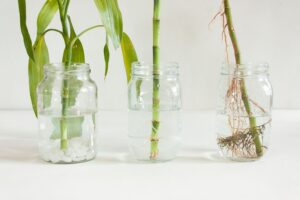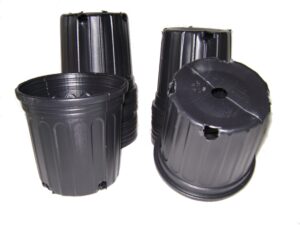
Introduction
Indoor and outdoor plants play a crucial role in enhancing air quality by releasing oxygen through the process of photosynthesis. These oxygenating plants not only contribute to a healthier environment but also add aesthetic appeal to living and working spaces. In this article, we explore some of the top plants known for their exceptional oxygen-producing capabilities.
Top Oxygen-Producing Indoor Plants
Indoor environments can often suffer from poor air quality due to the accumulation of pollutants and lack of ventilation. Incorporating oxygenating plants can significantly improve indoor air quality while adding a touch of greenery to interior spaces. The snake plant, scientifically known as Sansevieria trifasciata, is renowned for its ability to produce oxygen efficiently, even during the night. This low-maintenance plant also excels in purifying the air by removing toxins such as formaldehyde and benzene. Another excellent indoor oxygenator is the Areca palm, or Dypsis lutescens, which not only releases abundant oxygen but also helps humidify the air, making it ideal for dry indoor environments. The peace lily, scientifically known as Spathiphyllum, is another indoor favorite, valued for its effective air purification abilities and tolerance of low light conditions, making it suitable for offices and dimly lit rooms.
Oxygen-Generating Outdoor Plants
Outdoor spaces can also benefit from oxygenating plants, contributing to a healthier atmosphere and enhancing the beauty of gardens and landscapes. English ivy, scientifically known as Hedera helix, is a versatile outdoor plant known for its efficient oxygen production plant and ability to remove pollutants from the air. Whether cascading from a trellis or climbing up a wall, English ivy adds a touch of greenery while improving outdoor air quality. Gerbera daisies, scientifically known as Gerbera jamesonii, are not only admired for their vibrant blooms but also valued for their oxygen-releasing properties, making them a welcome addition to outdoor gardens and flower beds. Aloe vera, scientifically known as Aloe barbadensis miller, is a succulent plant with oxygenating capabilities, known for its medicinal uses and low-maintenance care, making it an excellent choice for outdoor planters and drought-tolerant landscapes.
Factors Influencing Oxygen Production in Plants
Several factors influence the oxygen-producing capabilities of plants, including their photosynthetic efficiency, growth rate, biomass, and environmental conditions. Plants with higher chlorophyll content and efficient light absorption are generally more effective at producing oxygen through photosynthesis. Additionally, factors such as plant size, age, metabolic activity, and environmental conditions such as temperature, humidity, and air circulation can affect the rate of oxygen production. Soil quality and nutrient availability also play a role in supporting plant growth and oxygen release.
Conclusion
Incorporating oxygenating plants into indoor and outdoor spaces is not only beneficial for improving air quality but also for enhancing the overall aesthetic appeal of the environment. From the snake plant and Areca palm indoors to English ivy and Gerbera daisies outdoors, there are numerous plant options available to promote oxygenation and create healthier, more vibrant spaces. By embracing the beauty and benefits of greenery, we can contribute to a healthier planet and enjoy the many rewards of connecting with nature.







I have been exploring for a bit for any high quality articles or blog posts in this kind of area . Exploring in Yahoo I ultimately stumbled upon this website. Reading this info So i am satisfied to show that I have a very just right uncanny feeling I discovered just what I needed. I such a lot for sure will make certain to don’t put out of your mind this website and give it a look on a relentless basis.